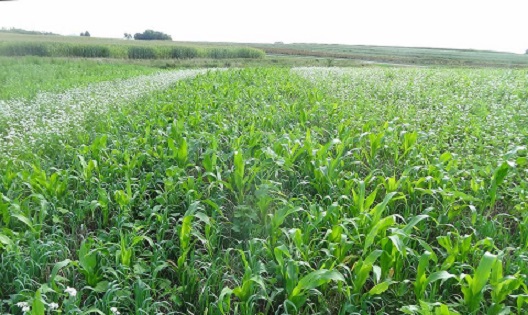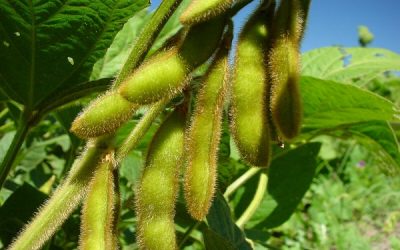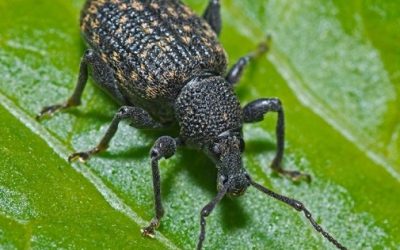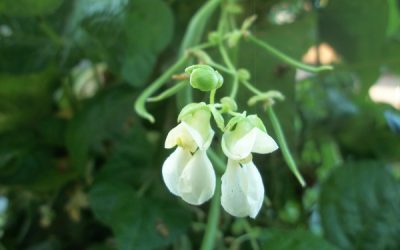
It is not good practice to plant the same crop on the same land year after year. Don’t plant any crop on a land more often than once every three years.
In recent decades, concern about the effect of agricultural chemicals on human health and damage to soil structure and fertility by monoculture crops have led many farmers to adopt a three-year crop rotation.
The following should be kept in mind when planning such a cycle:
Environment
Make sure that the soil is suitable for the planned crop. Take into account soil depth, texture and salinity. Study the climate over the various seasons when deciding which crop can be grown successfully at different times of the year.
Economy
Investigate the costs of producing various vegetable crops, as well as the income expected at various planting and harvesting times. Remember that prices are higher than normal at certain times of the year.
Diseases and pests
Crops belonging to the same family, such as cabbage, cauliflower and broccoli, or tomato, potato and eggplant, are often attacked by the same group of pests and diseases.
Weeds
Low-growing crops, such as carrots, lettuce or onions, are easily overgrown by weed, so these should follow crops in which weeds were well controlled.
Root depth
The best use can be made of crop water by rotating deep- and shallow-rooted crops. Crops with shallow roots seem best adapted to follow a deep-rooted crop because water recharge is likely to occur only near the surface, and a shallow-rooted crop will not expend energy in search of moisture that is not there. Medium- or deep-rooted crops appear better adapted to follow shallow-rooted crops, as they take advantage of any moisture left at depth that was not used by the previous shallow-rooted crop.
Nutritional requirements
Crops with high nitrogen requirements such as cabbage should follow a leguminous crop such as green beans and peas, which fix atmospheric nitrogen. Applying too much organic manure can damage certain crops, such as carrots and beetroot. Plant these crops later, after applying organic manure to crops such as tomatoes that respond well to organic fertilisers.
Crops requiring large quantities of nutrients, such as cabbage, should follow crops with lesser needs, such as pumpkin, or less efficient feeders such as potatoes. This will allow them to make use of residual nutrients that remain in the soil after the crop has been harvested.


